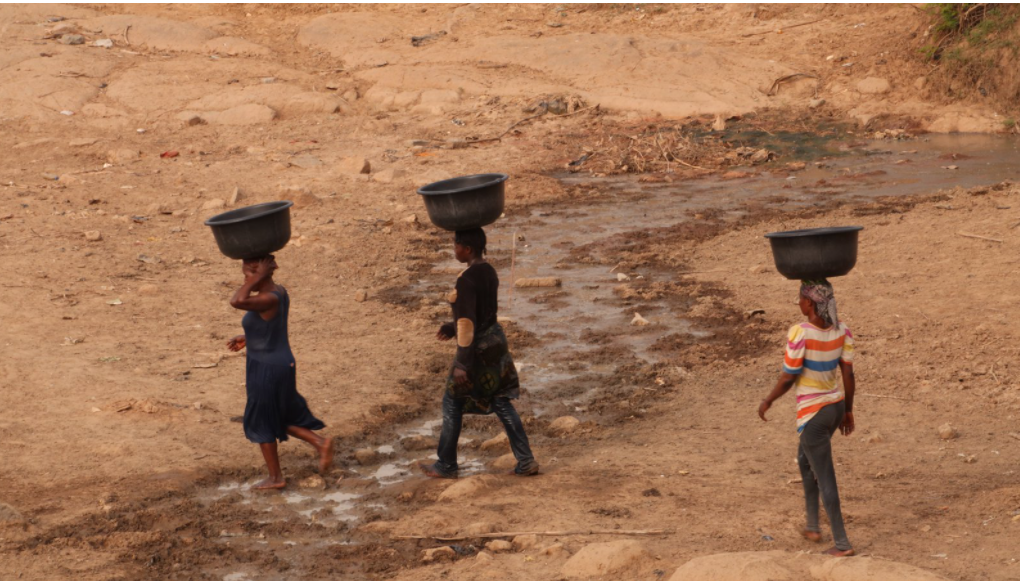
High Mortality Rate due to unsafe water and lack of hygiene in Africa
Sanitation facilities safely separate human waste from human contact, but when people don’t have access to safe toilets, they opt to defecate in the open, and exposed human waste is transferred back into people’s food and water resources. About one-fourth of those defecating in the open in the world live in sub-Saharan Africa and they spend an average of 2.5 days per year trying to find a private location to defecate. Women spend extra time looking for a safe place to go and are put can experience gender-based violence in the process.
The use of contaminated drinking water and poor sanitary conditions results in increased vulnerability to water-borne diseases, including diarrhea, cholera, dysentery, and typhoid. More deaths occur among children under 2 years of age living in South Asia and sub-Saharan Africa. It is reported that 115 people in Africa die every hour from diseases linked to poor sanitation, poor hygiene, and contaminated water.
When a person doesn’t have access to clean water and sanitation, they are also at risk of decreased school attendance, missed workdays, malnutrition, and poverty. When girls and women lack access to safe sanitation and water, their education suffers because they experience period poverty and can’t afford menstrual products, clean themselves safely, or access separate bathrooms.
In Africa, especially sub-Saharan Africa, more than a quarter of the population spends more than half an hour per trip to collect water. The task of fetching water tends to fall on women, and this burden can also prevent girls from attending school.